New from Axis Communications is the Q1798-LE bullet, a 4K 10MP CCTV camera with a gigantic 4/3-inch sensor, a 12-48 Canon lens and Lightfinger 2.0 and Zipstream for H.264 and H.265 compression.
Contents
Axis Q1798-LE bullet camera flexes some powerful specifications, starting with a 3712 x 2784-pixel 10MP resolution and a micro four-thirds-sized sensor. This combination of high resolution, serious pixel real estate and a 12-48mm Canon lens suggests we’re in for a treat regarding performance.
Out of the box, the Q1798-LE is bigger than I expected – the combination of sensor and lens takes up internal space. The build quality is excellent, as the IP66, IP67 and IK10 ratings suggest. And, as you’d expect of a camera designed for higher security applications on big sites, the working temperature range is good, too, from -40C to 60C. Something to note is the frame rate, which is 20ips at 10MP and 30ips at 4K.
That F1.7–4.0 aperture 12–48mm lens is a nice addition, offering a field of view of 90 degrees at the short end and the equivalent of 4x zoom at the long end, supported by electronic image stabilization. A 10MP sensor with a 90-degree angle of view is going to offer seriously good detail for complex scenes. It will be interesting to see the impact that the F4.0 aperture has on performance at the long end of this lens. This Canon 12–48mm lens has a horizontal field of view between 90–21 degrees, while the vertical field of view is 49-12 degrees in 4K resolution 86–20 degrees horizontal and 62–15 degrees vertical with 10MP resolution.
The Q1798-LE features Lightfinder 2.0 technology, which Axis says delivers better colours and sharper images with less blur and Zipstream support for H.264 and H.265. Zipstream is an excellent compression technology and is tried and true. I’ll be interested to see what it makes of the higher-resolution output in this application. There’s also AXIS OptimizedIR offering a range of up to 50 metres at the wide end and 100 metres at the long, integrated 2-way audio, shock detection, corridor format with autorotation )0, 9, 180, and 270 degrees) and barrel distortion correction.
Features of Axis Q1798-LE
Other features include zoom-triggered autofocus, auto-iris, automatic day/night, and night automatically removable infrared-cut filter in day mode and infrared-band-pass filter 800–900 nm in night mode. Minimum scene illumination is 0.03 in colour at 50IRE with an aperture of F1.7, while in black and white, minimum illumination drops to 0.006 at the same settings. The camera also offers 0 lux performance thanks to a powerful IR array.
Video compression options are H.264 (MPEG-4 Part 10/AVC) baseline, main and high profiles, H.265 (MPEG-H Part 2/HEVC) main profile and Motion JPEG. There’s the controllable frame rate and bandwidth, VBR/ABR/MBR H.264/H.265 stream indicator, and image settings, including saturation, contrast, brightness, sharpness and Forensic WDR of up to 120dB depending on the scene. There’s also defogging, white balance, day/night, threshold, exposure mode, exposure zones, compression, mirroring of images, electronic image stabilization, text and image overlay, dynamic text and image overlay and privacy masks.
When it comes to setup, there are built-in installation aids, including remote zoom, pixel counter, levelling assistant and autorotation. Scene profiles include forensic, vivid and traffic overview, and there’s PTZ, 4x optical zoom, and preset positioning.
Audio
Audio streaming includes audio in simplex, while compression options include AAC-LC 8/16/32/48 kHz, G.711 PCM 8 kHz, G.726 ADPCM 8 kHz, Opus 8/16/48 kHz, and LPCM – all with configurable bit rates. There’s network security password protection, IP address filtering, HTTPS encryption, IEEE 802.1x, network access control, digest authentication, user access log, centralized certificate management, signed firmware, secure boot and brute force delay protection.
Networking
Supported protocols include IPv4, IPv6 USGv6, HTTP, HTTPS, SSL/TLS, QoS Layer 3 DiffServ, FTP, SFTP, CIFS/SMB, SMTP, Bonjour, UPnP, SNMP v1/v2c/v3 (MIB-II), DNS, DynDNS, NTP, RTSP, RTP, SRTP, TCP, UDP, IGMP, RTCP, ICMP, DHCP, ARP, SOCKS, SSH, LLDP, and good old MQTT.
System integration capabilities include Open API for software integration, including VAPIX and AXIS Camera Application Platform; AXIS Video Hosting System (AVHS) with One-Click Connection, ONVIF Profile G, ONVIF Profile S, and ONVIF Profile T. There are also event conditions analytics covering edge storage events, a supervised external input, virtual inputs through API – as well as shock detection.
Event actions can be covered with pre- and post-alarm video buffering and file upload options, including FTP, SFTP, HTTP, HTTPS, network share, and email. The camera also features analytics computing capabilities, a machine learning processing unit (MLPU), as well as applications, including AXIS Video Motion Detection, AXIS Fence Guard, AXIS Loitering Guard, AXIS Motion Guard, active tampering alarm and AXIS Perimeter Defender.
On the hardware side, the camera is IP66/IP67, NEMA 4X and IK10 impact-resistant, comprising an aluminium enclosure with an integrated dehumidifying membrane and a weather shield with black anti-glare coating. Power over Ethernet requirement is IEEE 802.3at Type 2 Class 4, with a typical draw of 13.3W and a maximum of 24W. That’s more than a standard PoE switch can deliver per channel, so you’ll need to consider that and use an injector, as we did in this test.
Connectors include shielded RJ45 10BASE-T/100BASE-TX/1000BASE-T, IDC punch-down, AC and DC power connector, terminal block for two configurable supervised inputs/digital outputs (12 V DC output, max. load 50 mA), a 3.5mm mic/line input, a digital ring input and a balanced microphone. Finally, the dimensions are 360mm long and 147mm wide – there’s a weight of around 2.5kg, and support for microSD/microSDHC/microSDXC card with encryption and NAS recording.
Driving AXIS Q1798-LE
The setup for this test is the usual Dell Optiplex 9020 server, with no other cameras on the network. During setup, I found the Netgear ProSafe DS108P switch was underpowered for the task, and I added a PoE injector. Something else I noticed is that with the high-resolution bullet on the dedicated test network, the Optiplex fans keep running even when nothing is happening. That’s the impact of the high-resolution video stream, and I should point out that on the first day of testing, I had the camera set to 4K.
Another point worth mentioning is that there’s some latency in the camera system – it’s not in the order of hundredths of a second either; it’s seconds of latency. It may be possible to dial this latency out – at this point, I’ve not managed to do so – but it’s also possible that this consumer camera type sensor requires some big processing by the camera system to deliver what I quickly discover is stellar performance.
My first impressions of the Axis Q1798-LE after firing it up in the office are that overall image quality is amazing – the high-resolution detail of the office is, frankly, a bit embarrassing. There’s really nowhere to hide from the point of view of the mess. What shines through most is resolution, colour rendition, and the AXIS-ish look of the image – slightly low contrast, very sharp, slightly warm tones. That huge resolution (I’m only at 4K, remember) enhances the depth of field. During the initial start-up, I sensed this camera would be capable of handling the backlight, too.
As usual, I keep settings close to default. I only turn on barrel distortion correction, though I notice the camera is set at the low blur end of the slider, and later, when looking for the compromise of noise, I can’t find any. I wrestle with WDR. I tried it a couple of times but ultimately decided I preferred the look of the image without it. WDR does even brighten the scene, but the colours are less accurate, and it seems there’s a more blur in full darkness.
I start my demo with the Axis Q1798-LE installed out front – setup is easy – there’s a truckload of backlight out here – I measure 68,000 lux up the street – but the Axis Q1798-LE doesn’t care, even with Wide Dynamic Range WDR off. The lighting across the scene is even; the sky retains some blue, so overexposure is not a problem. I see some chromatic aberrations – perhaps 5-6 pixels deep – but this is fairly typical of an Axis camera, though perhaps not so common with a Canon lens.
After grabbing a few wide shots, I go to the long end. This is a good camera – it does court-admissible faces out towards 50 metres from the lens, which is a great performance from a bullet camera. At mid and longer focal lengths, lens compression comes into play. Depth of field is relentless. I’m pleased to get excellent face recognition at 20 metres while retaining court-admissible faces at 45 metres. When I say excellent face recognition, it really is excellent, and all the other details are huge, too.
License plates at this focal length during the daytime are amazing. This is one of those cameras (I’m trying to think of another one – maybe the Bosch MIC 7000i or the Hikvision Darkfighter X 4MP PTZ), where you get the plates of a line of cars from 15 to 80 metres up the street, as well as snaring the plate doing 50kmph. At the long end in the face of loads of backlight, performance is flawless.
While looking at the snapshots of the Axis Q1798-LE, I try to decide if there’s evidence of overexposure impacting on colour rendition – there’s definitely a warmer tone than there would be with WDR activated. Just to check, I go back to the live stream and toggle WDR back and forth. And I prefer this image without WDR activated.
Light Transition
Between 1 and 2 pm, shadows start moving across the street. The late winter sun is low in the northern sky, so this transition process is rapid. The shaded side is in deep shadow, while the opposite pavement is in full sun, and I measure this at 65,000 lux, with almost the same level of light reflected off the buildings.
Throughout the transition, light levels remain well balanced – colours are strong, there’s excellent contrast, and the skin tones are very natural. I have wound the camera in by this time. The focal length is probably the equivalent of 6.5-7mm on a 1/3rd-inch sensor, so it’s ideal for this application. Being slightly longer maximises pixels on subjects and enhances depth of field.
Low Light Axis Q1798-LE
As the afternoon wears on, the camera manages the light transitions without complaint. By 3.30 pm, the entire road is in shadow, but the image stays consistent, without overexposure and retains strong detail throughout. This is the time of day you can start to lose fast-moving plates in shadow with less capable camera systems. There’s no issue with the Axis Q1798-LE. I grab an image of a face at 8 metres, a face at 20 metres, and a static plate at 50 metres, which I feel underscores the nature of this camera.
It’s not until 4.30 pm that I start to see signs of blur in fast-moving plates, and it’s not until about 5.30 pm when it’s getting dark between the towers that plates are no longer distinguishable – that doesn’t mean they don’t provide helpful information. And it was not until 6.50 pm that I decided I had lost plates. Through this process, there’s no loss of detail when it comes to faces. It’s instructive that at this point, I’m not talking about night performance – the camera is so good that it ‘carries’ its day performance into twilight and beyond.
Night Performance – Axis Q1798-LE
It’s repetitive to observe that I wasn’t expecting the Axis Q1798-LE to be quite this good in low light. This is a 10MP sensor, remember, and it’s clear that the 3/4ths sensor footprint is paying off. When there’s no sign of light out front, the camera is still showing the blue sky on the monitor. The light goes bit by bit – it takes a long time for the sky to go from blue to indigo to black.
Regardless, the Axis Q1798-LE refuses to jump into night mode and goes along in day/colour very happily, with around 4 lux measured under the lens. Assessing performance, I decided I didn’t have moving plates, but there were moving faces.
The ability to identify static objects, including people in moments of stasis getting out of cars or talking to one another, is very high. It’s fully dark at around 6.30 pm; I get an image of a person coming around the end of Albion into Bellevue St – at 4K resolution, it’s possible to get a sensor of gender and attire. This is with the subject 90 metres from the lens and at the wider end of the focal range – I’m only in about 10 per cent on the slider.
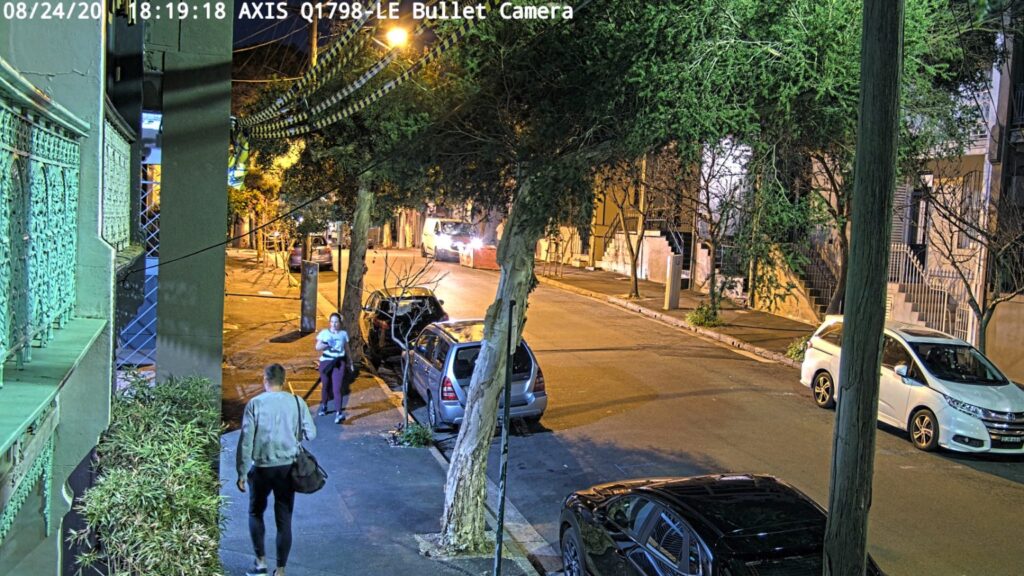
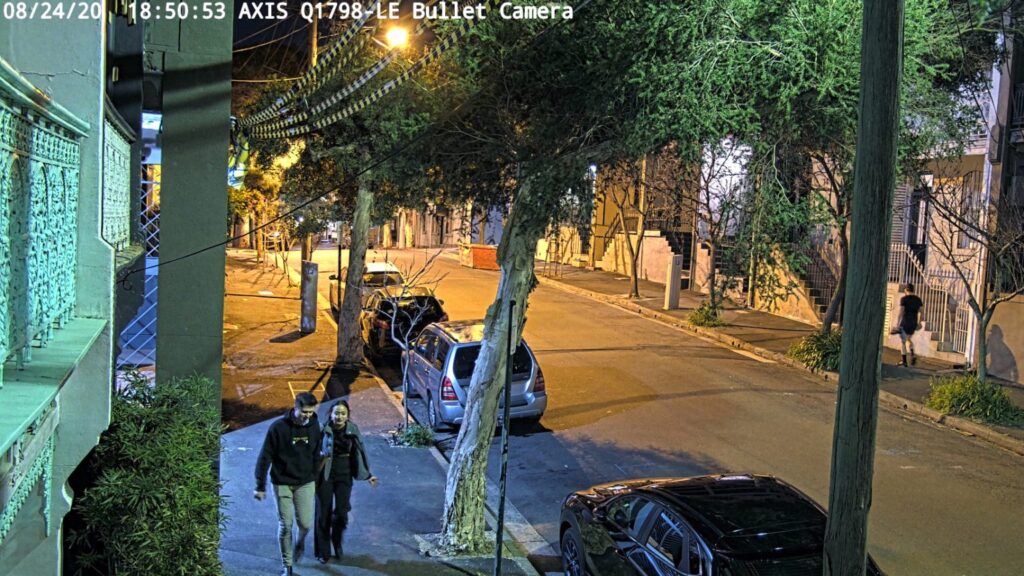
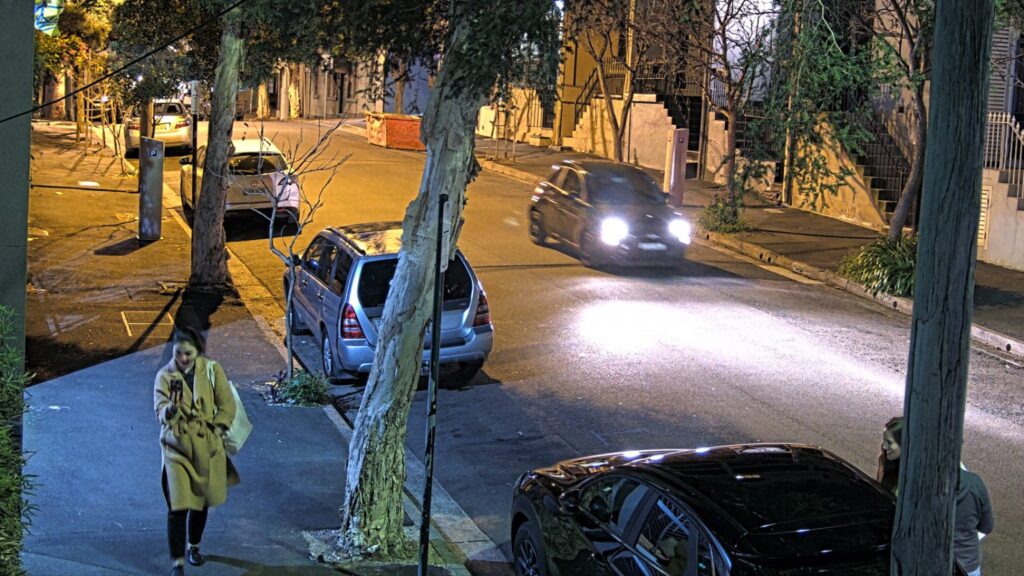
In colour, there’s a definite colour cast from the low-pressure sodium lights at the far end of the street, but this shifts from orange-yellow to yellow-white over time. It could be the light warming up, but it is hard to rationalise, given the length of time it takes – 2 hours. The depth of field is still impressive – it gives the ability to get a sense of the context of groups of people at more than 50 metres. It also gives static plates at huge ranges.
In fact, the night performance is so good that I can see all the way over Albion St – around 100 metres – and note the attire of pedestrians – blue shorts, brown shoes, long socks, for instance. It’s the sort of work that allows a camera to deliver high-value detail to investigation teams sniffing around the edges of a crime, trying to get a sense of identities, times and context. The fact the Q1798 can do this from its hyperfocal of around 1 metre to infinity (more than 100 metres at the long end) from a single camera view makes it a very high-value proposition.
Not surprisingly, this sensor hoovers up all the ambient light it possibly can, and that enhances performance further still – whether it’s light from passing cars, doorways, mobile phones being viewed, interior lights in cars – all these photons are put to good use by the Axis Q1798-LE. Importantly, in full dark, the Q1798 is just as capable of controlling bright light as it is during the day – on one occasion, it manages to capture the detail of a person in a brightly-lit doorway, which is not a common capability.
I spend time moving from the wide to the long end of the lens to close the aperture down – I notice the difference more in the afternoon than in night conditions, where performance is uniformly impacted, and I am not getting fine details to make a nuanced comparison. There’s definitely an impact in the afternoon when moving from F1.7 to F4.0 – there’s more blur as the shutter speed drops towards the 1/30th default. Whether that price is worth paying depends on your application.
At the broader end in colour in around 4 lux with some ambient light in support I have moving faces in high detail and can get a sense of not only identity but mood, fine details of clothing and plenty more. There’s some blur of pedestrians in shaded spots, but I still have court-admissible faces, along with plenty of other details, right down to patterns in scarves and the faded tones of jeans. I’m not getting plates, but there’s no question about car make, model, colour, modifications and other details. Motorcycles, which move faster and are smaller than cars, are pretty well rendered.
Eventually, I have to force the Axis Q1798-LE over into night mode – the IR performance is solid, delivering plenty of detail throughout the scene – there’s some flare from close branches at the wide end, but you expect that with an array as powerful as this one. The IR spread combined with the resolution makes this a strong performer. There’s minimal blur, at slightly longer focal lengths, there’s minimal flare, and the depth of field remains as profound as before. I can’t get plates, but the fact my eyes are even drawn to them suggests that I might at slower speeds.
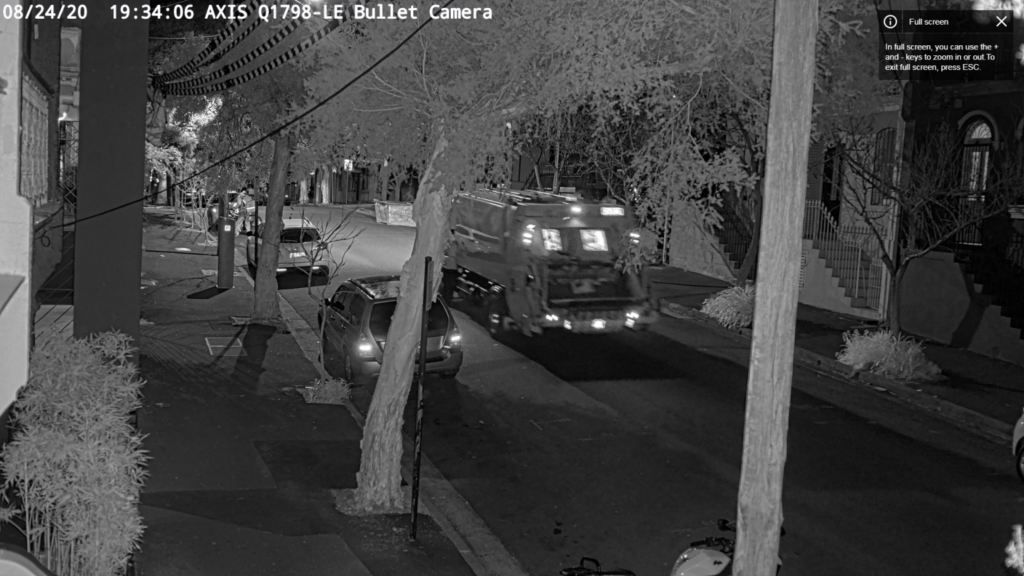
Pedestrians are revealed in great detail – clothing accessories like backpacks and shoes – the big resolution teams up with IR to give much more detail than you’d think. Vehicles are shown in great detail, too, even when moving faster than usual – a truck goes by and is not simply a blur. A couple of cars without headlights go by, and without the support of ambient light and reflectance, I have good detail of these, too.
Next, I turn IR off, and I’m expecting performance to drop away, but it doesn’t. A car does a slow 3-point turn, and I get the plate from the live stream, though it’s less clear from the snapshot. A pedestrian comes by, and with no ambient light in support but the streetlights, I get cast iron face recognition. This image is better than anything I’ve had in conditions like this in any camera test. There’s nothing easy about moving faces at 15 metres in sub-4 lux.
A few minutes later, there’s the convergence of 3 pedestrians at around 50 metres from the lens, and I get good detail of faces and attire, as well as context. There’s a little lens compression coming into play here, but I can see 2 of the people know each other and are waiting for someone while a third person is moving through the same space without interacting in any way. I’m also happy with the detail I get of pedestrians and electric bicycles – these latter image streams are unsupported in night mode.
Before the end of the test, a car puts its high beams on up the street and provokes internal reflections in the lens – regardless, I still have excellent detail of a pedestrian walking a dog about 20 metres from the lens, and blooming remains well controlled.
Conclusion
The Axis Q1798-LE from Axis is a quality CCTV camera that offers higher levels of performance than any camera of its type we’ve seen. It’s well-built and easy to drive, with zoom-chasing autofocus that makes following the action seamless. More than any other camera of its type, the Axis Q1798-LE contrives to deliver court-admissible evidence in sub 4 lux, in day mode, IR mode and night mode. The detail of moving vehicles is higher than anything we have previously seen, and it’s certain that performance with moving plates could be enhanced in camera settings. This is an excellent video surveillance tool – highly recommended.
Datasheet Axis Q1798-LE
What is the resolutions of the Axis Q1798-LE?

The resolution of the Axis Q1798-LE 10 MP resolution at up to 20 fps and 4K resolution at up to 30 fps. This means you get excellent forensic images with high pixel density that’s perfect for analytics or third-party facial recognition software.
Does Axis Q1798-LE have Electronic Image Stabilization (EIS)?

Yes. Electronic image stabilization (EIS), provides smooth video in situations where a camera is subject to vibrations. The result? Clear and precise images – even in scenes with lots of motion. The Axis Q1798-LE has IES.
Does Axis Q1798-LE have Lightfinder?

Yes. The Axis Lightfinder technology delivers high-resolution, full-color video with a minimum of motion blur even in near darkness. Because it strips away noise, Lightfinder makes dark areas in a scene visible and captures details in very low light. Cameras with Lightfinder discern color in low light better than the human eye. In surveillance, color may be the critical factor to identify a person, an object, or a vehicle.
Are AXIS good cameras?
AXIS cameras are commercial camera of high quality.
Axis Q1798-LE Axis Q1798-LE Axis Q1798-LE Axis Q1798-LE




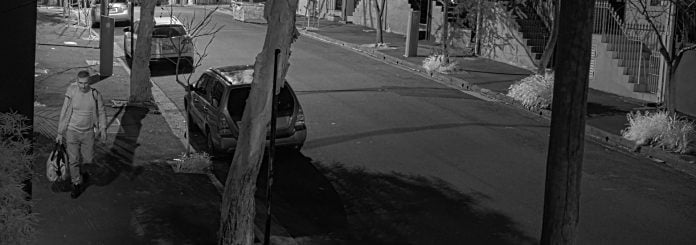
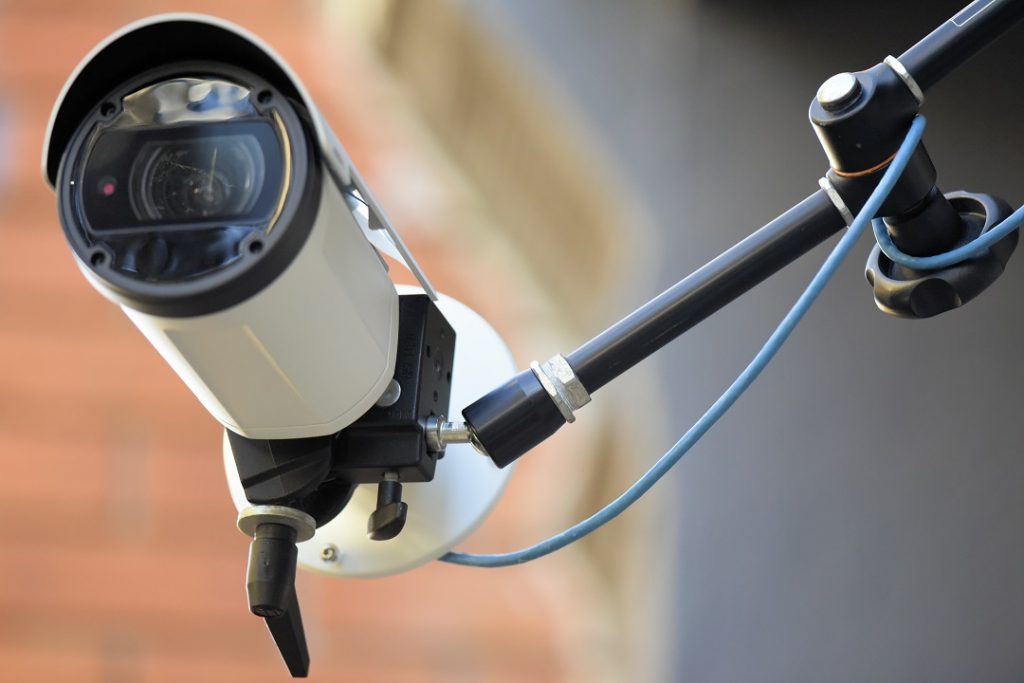
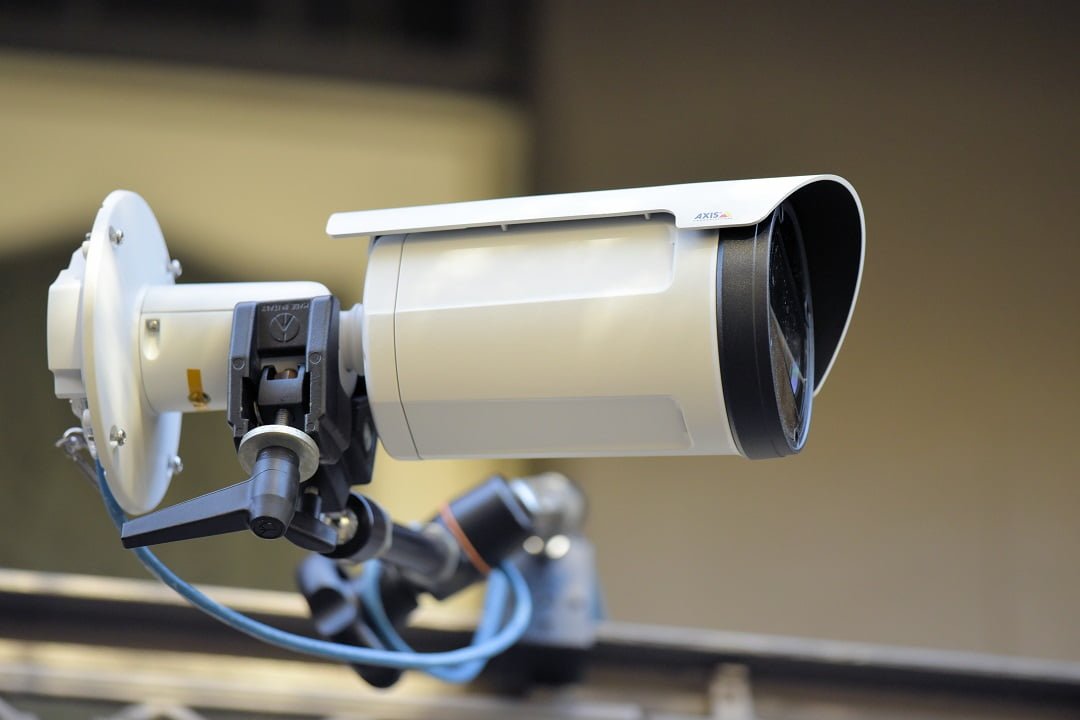
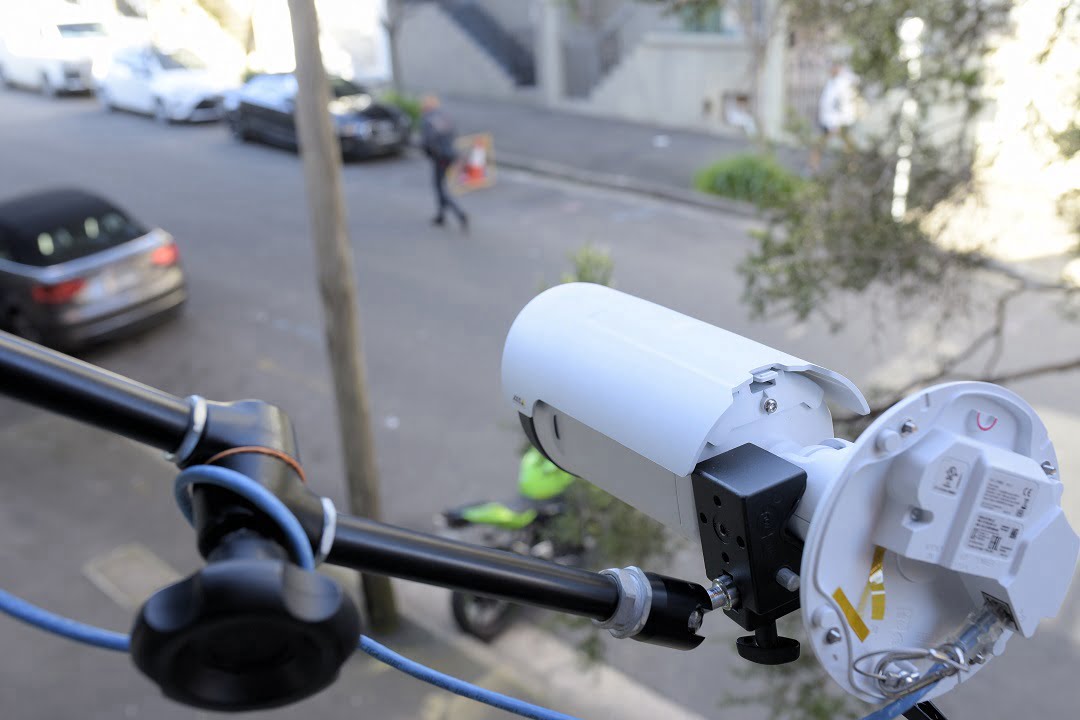

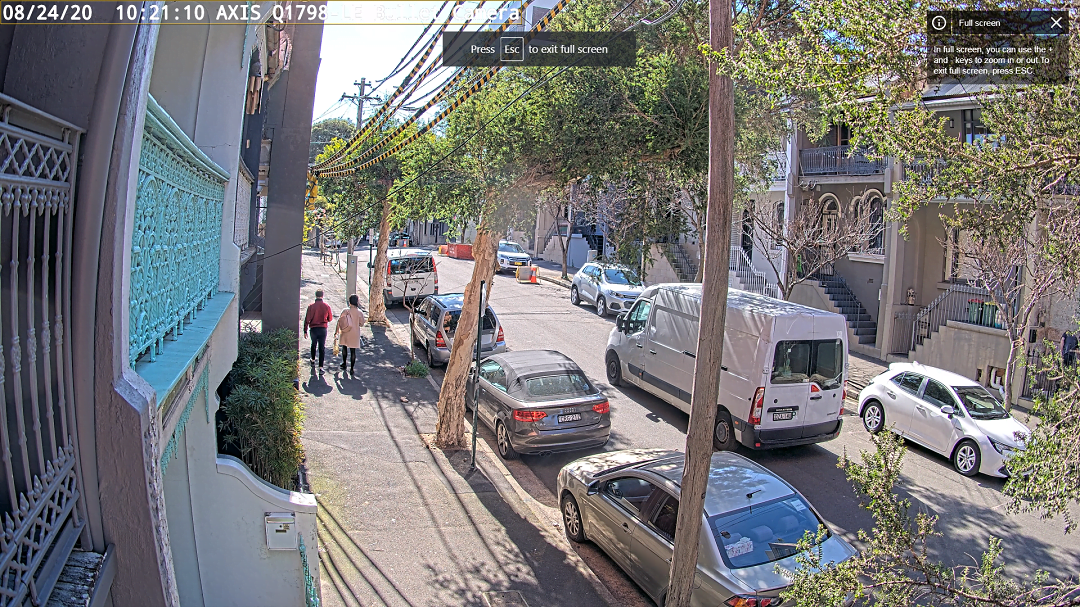

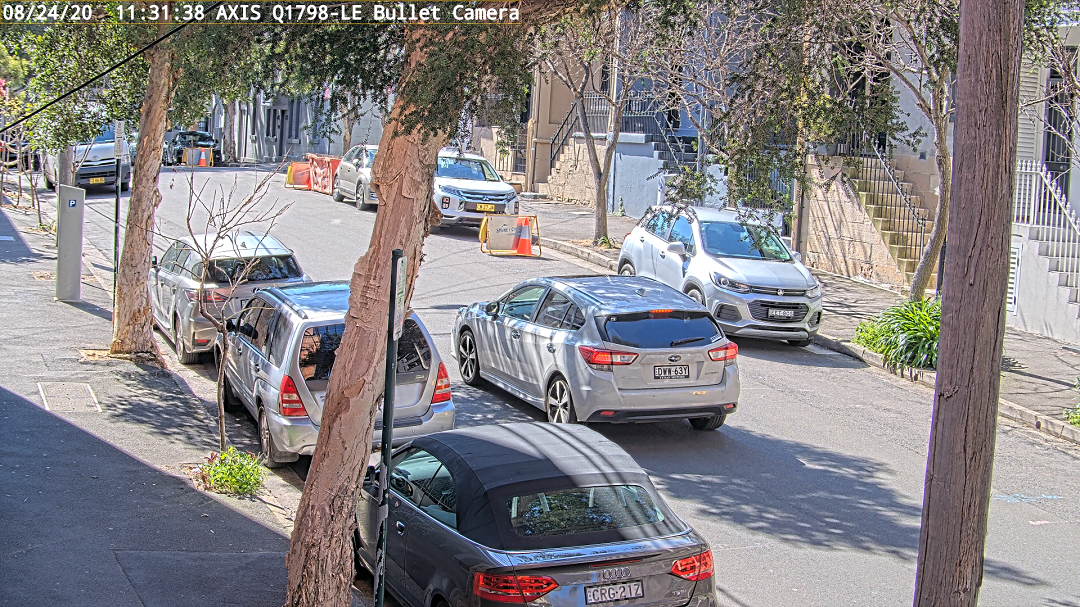
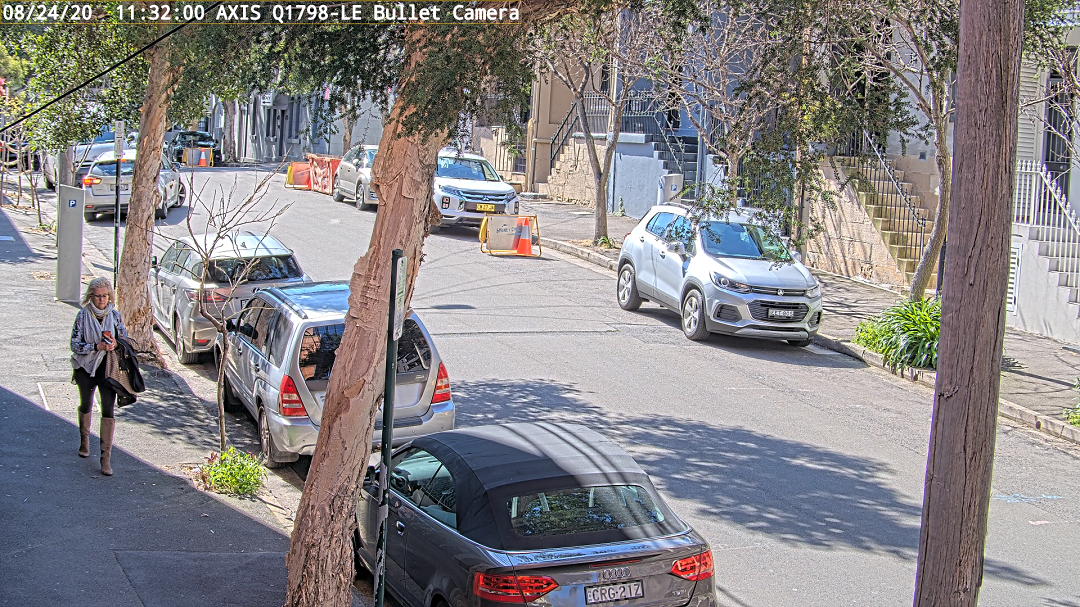


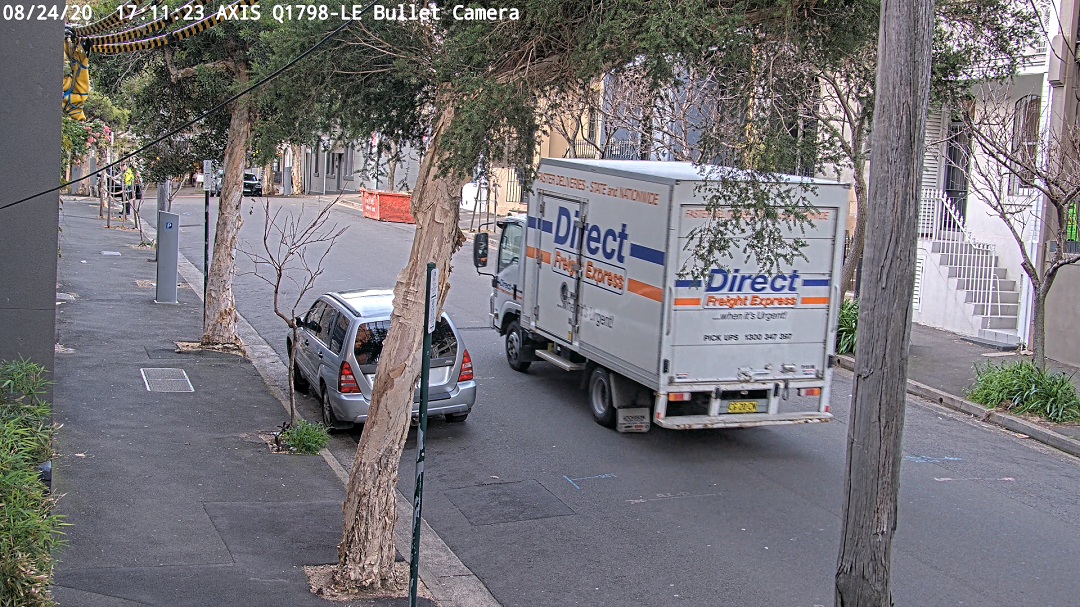
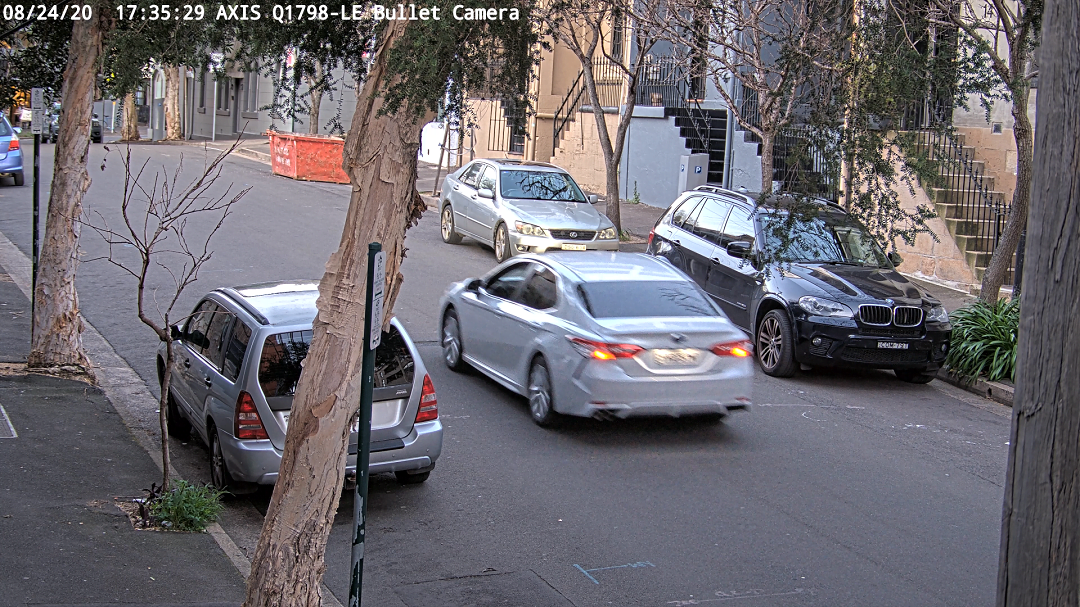
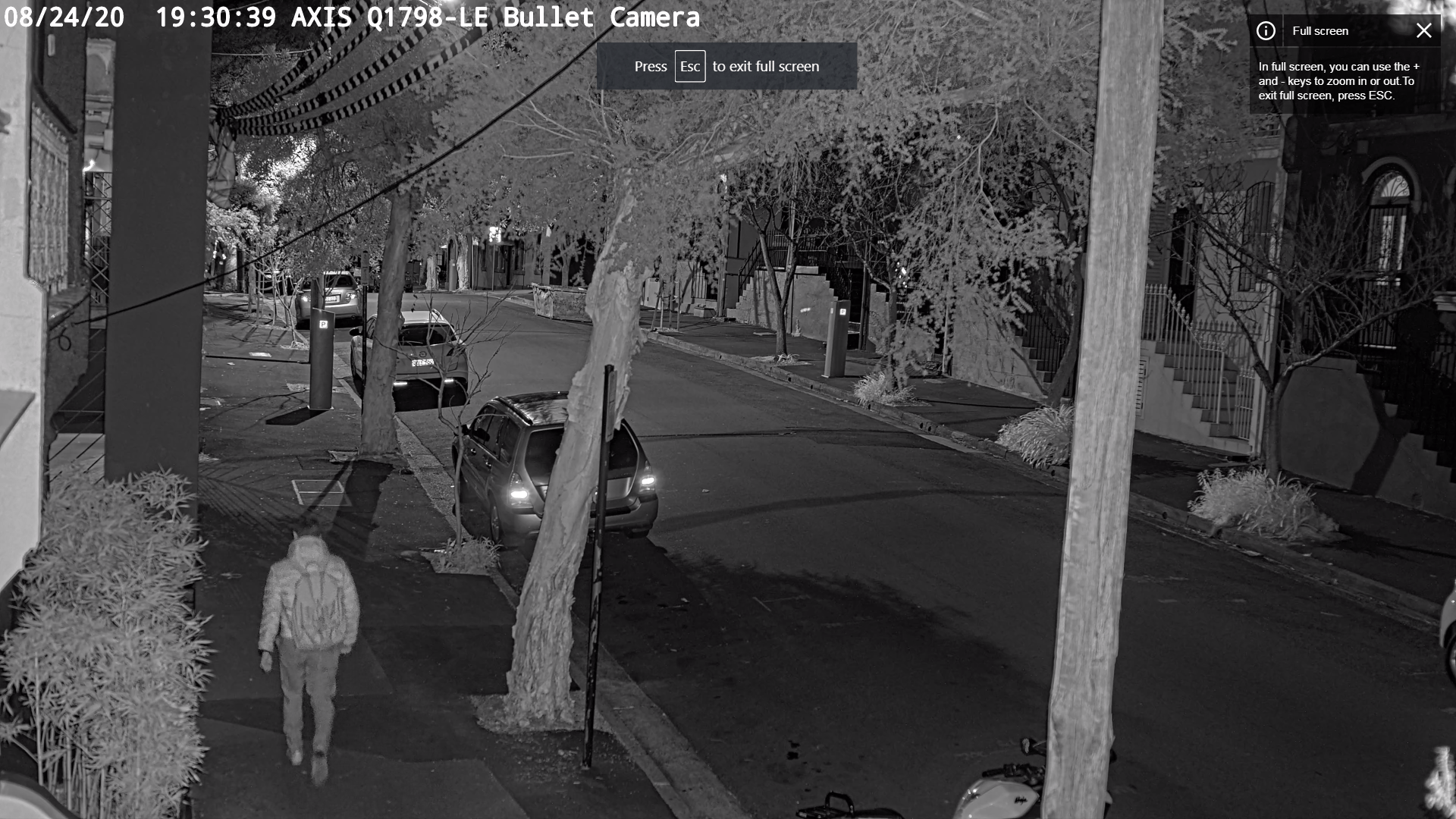

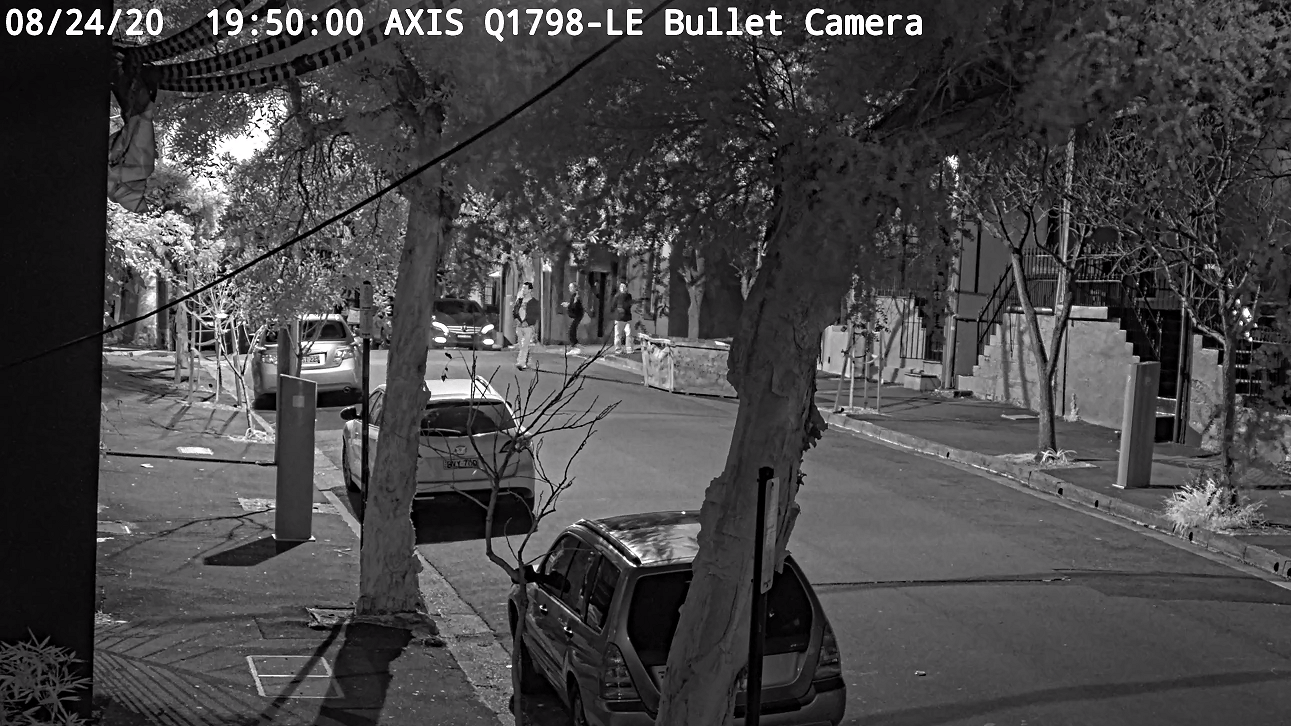




Hi Sen
Most of the pictures are not available or load. Can you probably fix this?
Thanks man! Kind regards, David
Dear David,
Thank you for your comments, the article has now been refreshed.
Still such a great surveillance camera. That performance with subjects at 50m from the lens zoomed in and stopped down is just outstanding.